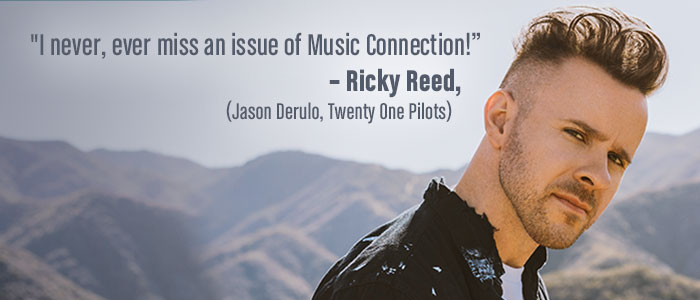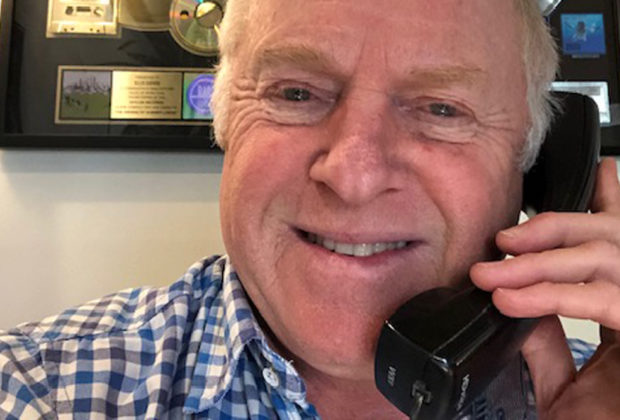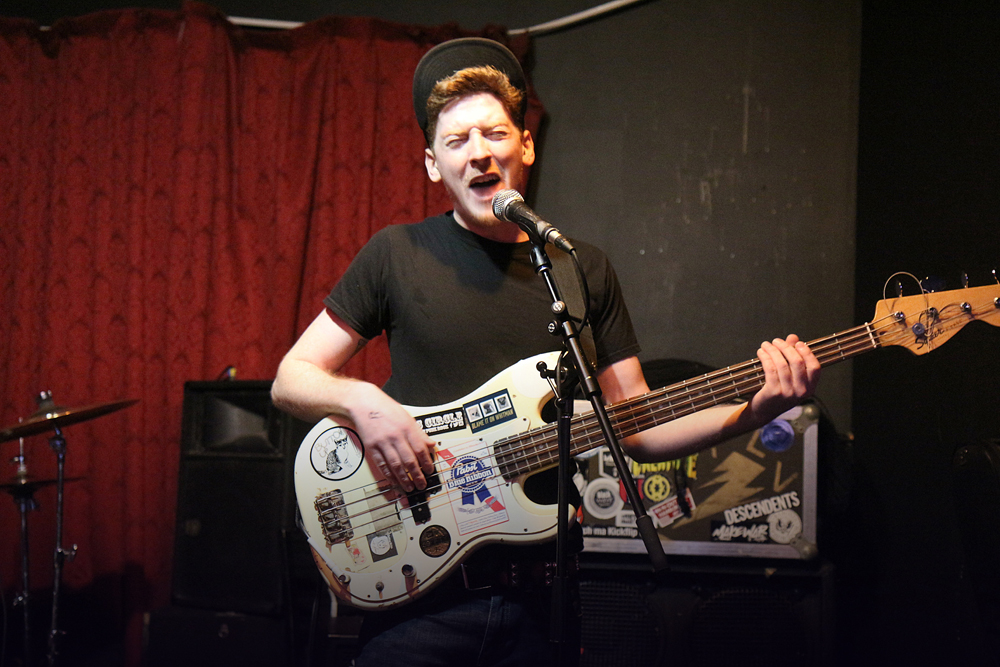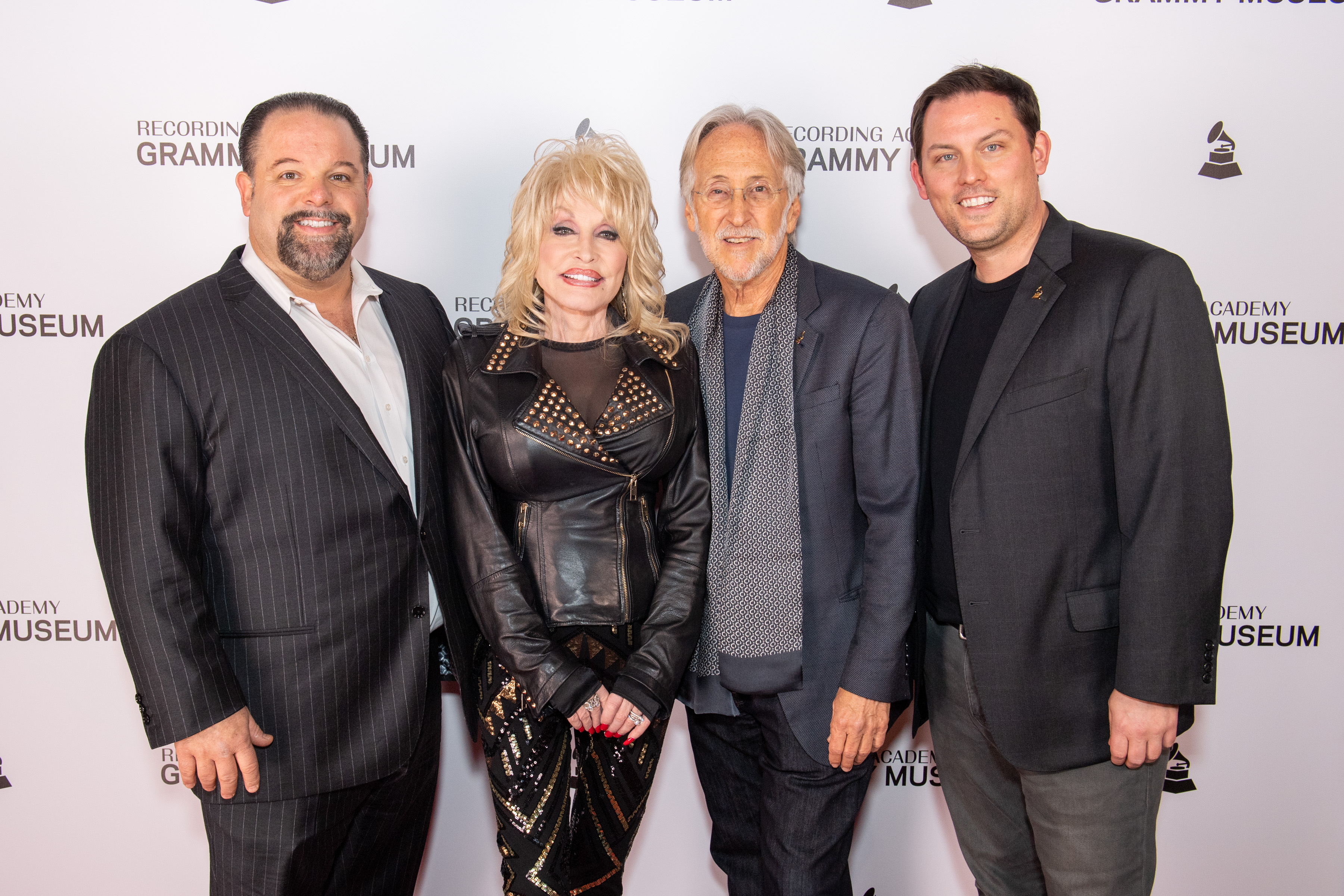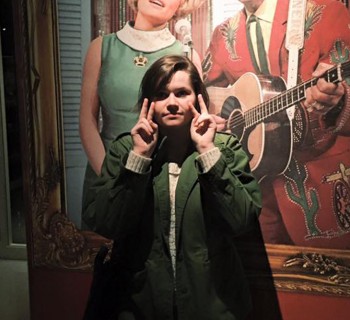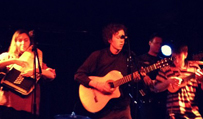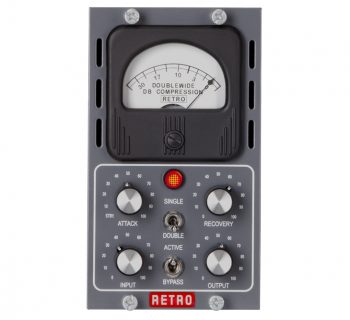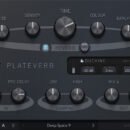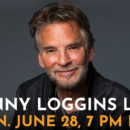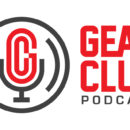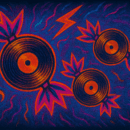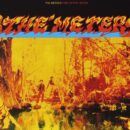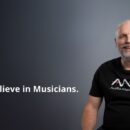Nearly 40 years ago, recording engineer Ellis Sorkin discovered an industry gap: a service was needed to refer artists to studios commensurate with their needs. Thereby, the idea for Studio Referral Service (SRS) was born. Now Sorkin’s database contains more than 700 facilities worldwide. When a client needs a studio, they simply contact him because he has an insider’s understanding of what makes for a solid space and because the service costs artists zero dollars. Instead, studios pay him a finder’s fee, essentially. Notably, Sorkin referred Nirvana to Van Nuys’ Sound City Studios for 1991’s Nevermind. Other artists he’s connected with studios include U2, Metallica, Red Hot Chili Peppers, Lady Gaga, J. Cole and many more.
In 1979, Sorkin was a recording engineer at A&M Studios (now The Jim Henson Company Lot) when serendipity struck. “I was talking to the tape librarian who was reading a Billboard article about Genesis’ road manager,” he recalls. “He lined up cheap, unused studio time in England and filled it with local bands at a discount. That’s not exactly what I do, but it gave me the idea. I also saw that people came to A&M to do stuff like commercial voiceovers that could have been done at a smaller, less expensive place. Just then, there was a management shift. I’d gotten a guy a job as an engineer. A month later he became the studio head and started to fire everybody so he could bring in his own team. It was the perfect push to get SRS started.”
With a robust background in engineering, Sorkin has an informed understanding of studios’ gear inventory. This enables him to grasp the scope of each one’s services. It also empowers him to refer clients once he divines their needs. “The knowledge of the studios is all about my knowledge as an engineer: what people need and what’s good gear to have,” he observes. “I can look at a studio’s equipment list and see if it’s professional or not for what my clients need. There’s certain types of gear you want to see in place: microphones, preamps, compressors, whatever.”
Not only do Sorkin’s referrals come at no cost to artists, but reduced rates are also commonly negotiated. ”If an artist calls a studio, they’ll be quoted the full rack rate,” he maintains. “We know what the bottom line will be; what they’ll take because of the timing of being booked, not booked or how big the gig is. We’ll have a better idea than the consumer of what can be had.”
Once Sorkin understands a client’s requirements, studio selection becomes simple; second nature, even. “I’ll look at who the particular artist is,” he says. “Nirvana, for example, was pretty straight-ahead. We knew that they wanted a vintage Neve; they wanted a big room. Sound City was the logical choice and the vibe was right. We also look at budgets, of course. Recently U2 wanted something exceptionally private. I put them into Paul Allen’s place in Beverly Hills. It’s extremely private and high end.”
Almost without exception, studios approach SRS rather than the reverse. As a result, virtually every significant studio in America lives in Sorkin’s database. “We haven’t solicited studios in decades,” he explains. “There’s no need to. People come to us. Once in a while, though, we do. When Lady Gaga was on tour for Born This Way, she needed a studio with specific stuff––a place where she could lock-out the entire facility for a week, let’s say––in a country that wasn’t on my list. I had to research various places in several countries.”
Generally speaking, it’s a straightforward matter for Sorkin to connect an artist with a suitable studio. However, there are occasional challenges such as when an artist is on tour overseas and wants to go into a studio in another country on short notice. “Sometimes a client from a label––usually an A&R rep––will call on a Friday afternoon to find a studio in another country for that evening,” he says. “It’ll already be 10 o’clock in Munich, for example. That’s my biggest challenge. Sometimes it’s just impossible; it doesn’t happen. For most of the studios in other countries, I don’t have personal contact details for whoever runs them. I also find that in those kinds of last-minute situations, the whole thing usually falls apart.”
Another key to SRS’ success is efficiency; the speed at which the outfit gets artists into an appropriate studio. “It’s hours or less,” Sorkin states. “It could be 15 minutes to a few hours. It depends on how unusual the need is and how difficult it is to get hold of people. Rarely does it take more than a few days. There was a time when I worked on getting an artist into a studio in Johannesburg [South Africa]. There was one contact person and he never seemed to answer his email. The big time difference didn’t help either.”
With advances in home studio technology, many question the large, established studios’ future. Sorkin, however, remains optimistic. “Major studios will be around for a long time,” he asserts. “Big artists don’t want to work in someone’s bedroom or garage. Home studios have gotten better to the degree that they’re going to. Unless someone puts a lot of money into one, it’s hard to capture the acoustics of a commercial space. Some people have, though. There are also other things only commercial places can offer. Filming, for example. A Star is Born had to be recorded in a professional studio. Lastly, there are destination studios: places people go to stay and work. That’s become big for us in the last several years.”
Aside from SRS, Sorkin has fond memories of his studio days with former Beatle George Harrison and the year he engineered for the legendary Joni Mitchell. “George had an imprint at A&M called Dark Horse Records,” he recollects. “I worked on his Thirty Three & 1/3. He was amazing to record with, as was Neil Diamond.”
Contact studioreferral.com
